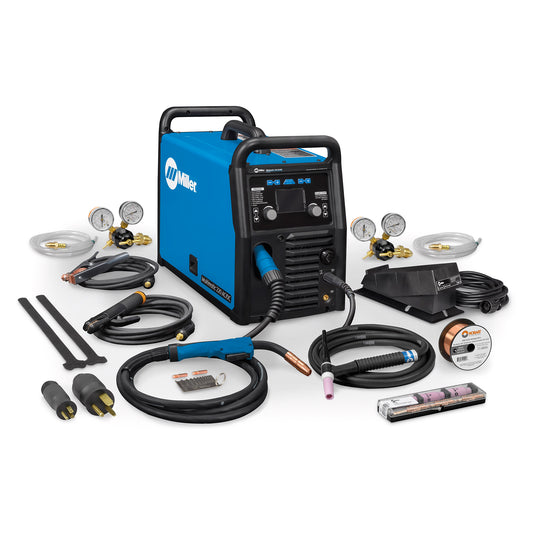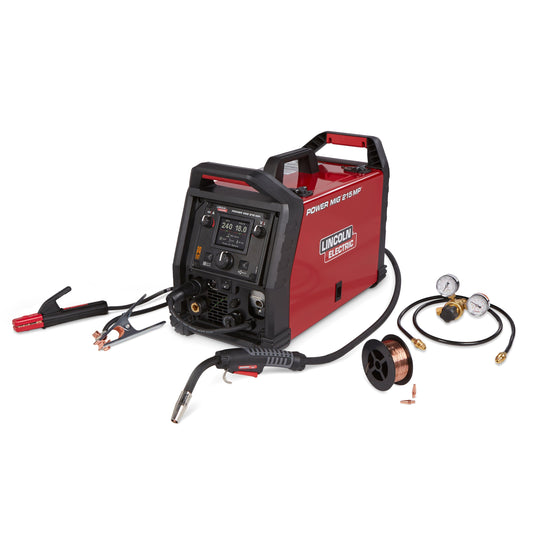Welding machines come in a variety of sizes and styles, but for today we are going to discuss electric welding machines. In the early days of welding, electric welding machines were typically only found in industrial settings. As technology advanced over time so did welding machines. Today electric welding machines are not only designed for industrial use but they can also be used by welders in their shops or even used by homeowners who need to make repairs around their houses. Electric welders can be as small as a 12-pack cooler and can be plugged into any outlet you have available. No matter the size of the electric welder, their primary function is the same; they conduct heat that is used to join pieces of metal.
In their early years, electric welders were primarily designed for industrial use, and they are still used extensively in the manufacturing of automobiles and appliances that we use every day. In the automotive industry, electric welders are used to join the frames and bodywork of cars and trucks. This type of welding is now commonly performed by robots instead of people. The manufacturing of appliances is also an industry that requires electric welders be used regularly. In this area electric welders are used to construct the metal frames of the machines.
All types of welding machines operate in the same general way; they output a low voltage alternating current also known as AC at a high level of amperage. The volts produced by these welding machines range from 25 – 50 volts AC with the current ranging from 20 – 500 amps depending on the type of welding you are performing. The high current produced by electric welding machines produces a blue arc. This arc causes the metal to heat up until it reaches its melting point which produces a puddle of molten metal. A filler metal is then used to fill in any areas or gaps that have occurred from the melting.
The most common type of welder that is used in industrial use is the arc welder. An electric arc welding machine requires the welder to use a stick electrode which is needed to conduct the electricity to the work piece and then melts at the same time in order to fill in the gaps left behind by the welding process. A wire feed welding machine requires the use of a roll of wire that is fed through tubes to the work piece where it is then joined together. The welder presses a button that is located on the torch and the wire is then fed into the blue arc and fills in the gap located between the two pieces being joined. A TIG welding machine uses a tungsten tip that creates the high temperature required to weld aluminum. With TIG welding an inert gas is required which is then fed into the TIG welding puddle in order to remove any contaminants that may be surrounding the weld area.
There are many benefits to the smaller sizes of electrical welders today. They can be easily operated by homeowners who need to make small repairs around the house and can be easily transported from job to job by welders. The newer models available today are also less expensive than the predecessors. This makes them more appealing to small business owners, homeowners and welders who are just beginning their welding careers. Electric welders have come a long way since they first began being used regularly; they have now reached a point where they are affordable and easy to transport, making them a very useful tool for welders and homeowners alike.




